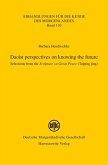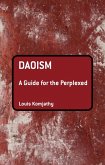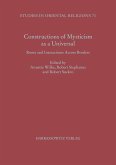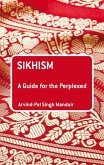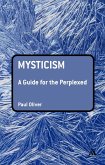Daoism is a global religious and cultural phenomenon characterized by multiculturalism and ethnic diversity. Daoism: A Guide for the Perplexed offers a clear and thorough survey of this ancient and modern religious tradition. The book includes an overview of Daoist history, including key individuals and movements, translations of primary Daoist texts, and discussions of key dimensions of Daoist religiosity, covering primary concerns and defining characteristics of the religion.
Specifically designed to meet the needs of students and general readers seeking a thorough understanding of the religion, this book is the ideal guide to studying and understanding Daoism as a lived and living religious community.
Specifically designed to meet the needs of students and general readers seeking a thorough understanding of the religion, this book is the ideal guide to studying and understanding Daoism as a lived and living religious community.
The strength of this book is that Komjathy has immersed himself within the living tradition of Daoism and is able to provide us with detailed accounts of the many factions within the community, the various systems of religious leadership and transmission, the different collections of scripture and the traditional sacred places. It would be difficult to find a more comprehensive account of any of the better known religious traditions. Religions of South Asia




